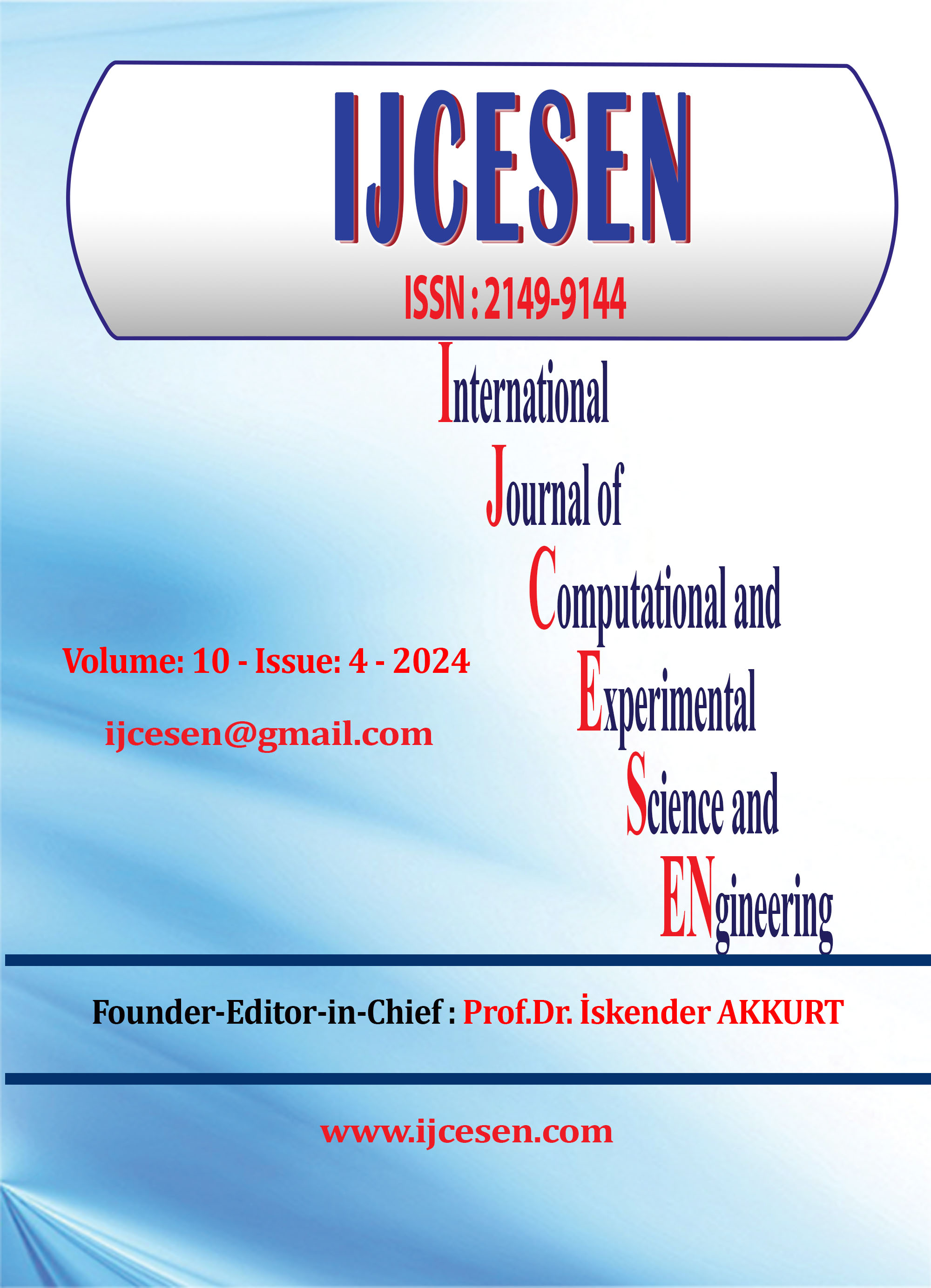Approaches of Malaysian Education System To Address Teachers' Shortage Issue
DOI:
https://doi.org/10.22399/ijcesen.3719Keywords:
Pedagogical Training, E-Learning, Legislative Reforms, Hybrid Teaching, Academic AchievementAbstract
The dearth of trained instructors in Malaysia is significantly affecting both classroom teaching and academic achievement of the students. This article tries to evaluate the numerous strategies employed by Malaysia's government and educational institutions to properly handle this continuous difficulty. Two of the most crucial strategies in the active search for new teachers include using large-scale recruitment campaigns including recent college graduates from disciplines unrelated to education and pedagogical training courses. To balance the distribution of teachers, particularly in rural and far-off areas, financial incentives such hardship allowances and special placements have been employed to encourage instructors to remain in neglected areas and keep working there. Furthermore used to maximise the present human resources and raise the capacity of the teaching team are e-learning and hybrid teaching approaches. The report also emphasises the need of continuous professional development and the welfare of teachers. Programs aiming at raising degrees of job satisfaction, educate better, boost knowledge and skills, and lower stress have been tried to be improved. Thanks to recent legislative reforms, teachers were supposed to have more time to focus on their finest work—that of instruction. Notwithstanding these initiatives, problems like uneven regulatory enforcement, a drop in enthusiasm for education, and inadequate money for training continue. Results of this research underline the continuous need of policy change, additional financing for teacher education, and a long-term strategy aiming at enhancing the teaching quality in Malaysia. Notwithstanding development, this paper contends Malaysia should change its approach. Policymakers who are dedicated to guarantee that every student has equitable access to high-quality education and to enhance the educational system of their nation will find great relevance in these outcomes.
References
[1] Ali, S. A., & Rahman, F. M. (2021). Bridging rural-urban gaps in Malaysian education: Government strategies and challenges. Malaysian Journal of Education, 46(3), 115–127.
[2] Salleh, M. R., & Yusof, N. (2021). The impact of teacher shortages on Malaysian education quality. Journal of Educational Development, 9(4), 65–77.
[3] Tan, K. S., & Rahim, N. A. (2022). Inclusivity in Malaysian education: Special needs education reform. Journal of Educational Studies and Innovation, 3(1), 33–50.
[4] Adams, D., & Muthiah, K. (2020). Teacher education in Malaysia: Practices, challenges and future trends for the twenty-first century. In D. Adams & K. L. Tan (Eds.), Teacher education in Malaysia (pp. 1–20).
[5] Hasim, Z. (2024). Transforming the teaching profession. Malaysia Gazette.
[6] Jain, J. A. (2023). Filling the void: Malaysia’s struggle with the teacher shortage.
[7] Lim, H. Y. (2023). Education Ministry identifies six core subjects facing teacher shortage. Malay Mail.
[8] Wong, K. W. (2024). Hybrid teaching and learning can address teacher shortage issue, says deputy education minister.
[9] Nalla, Z. (2023). MIER COO urges govt to make teaching profession attractive for better education system. Malaysian Institute of Economic Research.
[10] Singon, M. (2024). Impossible workload: Teachers demand less administration; more focus on teaching and learning in Malaysia.
[11] Abdullah, M. Y. (2023). Reforms in the Malaysian education system: Equity and excellence. International Journal of Education Policy, 10(2), 45–59.
[12] Ahmad, N., & Ismail, H. (2022). Digital learning transformation in Malaysian schools post-COVID-19. Asian Journal of Education and Social Studies, 28(1), 12–25.
[13] Adams, D., & Tan, K. L. (2022). Malaysian education system: Progress, standards and aspirations. In D. Adams & K. L. Tan (Eds.), Teacher education in Malaysia (pp. 21–40).
[14] Mah, H. S. (2024). Continuous adaptation, improvement vital to ensure effective, inclusive education system.
[15] Zainal, F., Vethasalam, R., & Muthiah, W. (2023). Shortage arises from unsuitable candidates teaching subjects.
[16] Peredaryenko, M., & Hussin, R. (2023). Urgent need to reform Malaysian education system.
Downloads
Published
How to Cite
Issue
Section
License
Copyright (c) 2024 International Journal of Computational and Experimental Science and Engineering

This work is licensed under a Creative Commons Attribution 4.0 International License.





